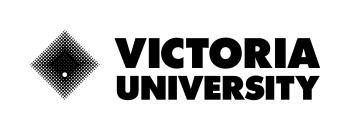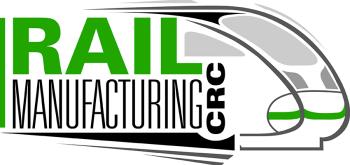Reimagining the workforce: public transport
'Reimagining the workforce: building smart, sustainable, safe public transport' was a collaborative research project between the Department of Transport, the Rail Manufacturing Cooperative Research Centre, Victoria University and industry.
The project began on 1 July 2019 and was completed in April 2020.
The research provides a starting point for addressing the knowledge-gaps in the transport-industry workforce, with a specific focus on above-track rolling stock.
Its purpose was to understand the practical steps needed to address critical skills shortages currently facing the sector, and build a sustainable and resilient future workforce.
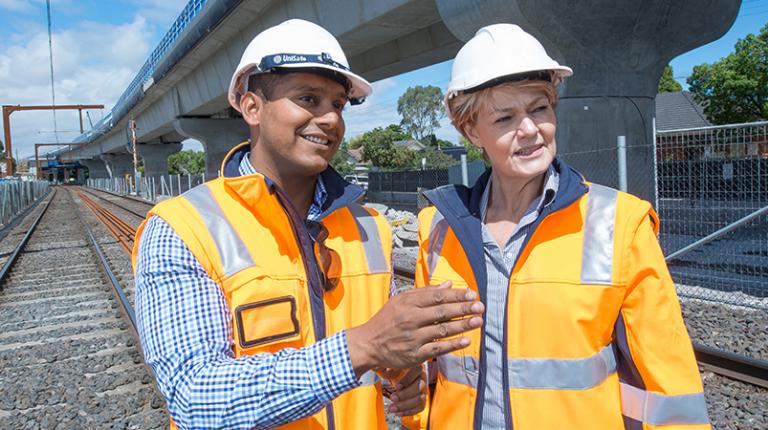
Project methods
The project provides a systemic assessment case study of the Victorian public transport rolling-stock (train, tram and bus) sector, in the broader context of the public transport system, from three angles:
- economic perspective
- organisational perspective
- community perspective.
It used a case-study approach, examining specific organisations across the rolling-stock and public transport system in Victoria.
The ‘end-user–based research methodology’ used was transdisciplinary, combining end-user and academic knowledge.
Action plan
During a workshop informed by the studies' findings, key industry stakeholders developed an industry-led interim action plan.
The plan identified three priority focus areas, and associated key tasks, for implementation over the short and long term:
- Develop a clear image of the public transport sector to appeal to young people.
- Optimise local content, and maximise social and economic benefits.
- Develop a ten-year strategic plan for training to support workforce development and workforce profiles for Victoria.
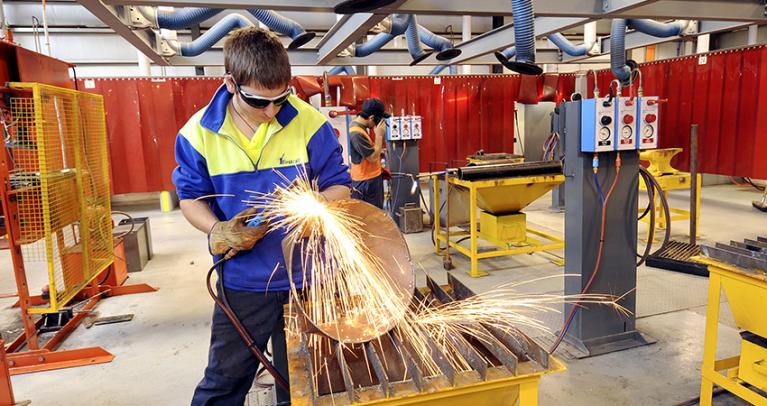
Reports
Download the suite of seven ‘Reimagining the workforce: building smart, sustainable, safe public transport’ reports:
- The Victorian rolling stock context. Literature review. (PDF, 1.12 MB)
- Community perceptions of careers working with rolling stock. (PDF, 1.1 MB)
- Organisational context assessment of inclusion and innovation in the Victorian rolling stock sector. (PDF, 1.31 MB)
- Training for a future rolling stock workforce. (PDF, 3.78 MB)
- The economics of rolling stock manufacturing, maintenance and operations for Victoria’s public transport sector. (PDF, 763.72 KB)
- Building smart, sustainable and safe public transport. Workshop context paper. (PDF, 1010.68 KB)
- Reimagining the workforce for public transport: Interim action plan. (PDF, 314.91 KB)
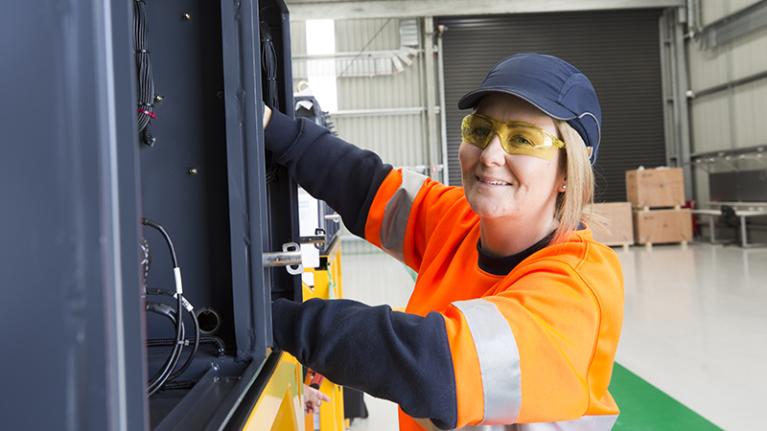
This project was funded by the Rail Manufacturing Cooperative Research Centre (funded jointly by participating rail organisations and the Australian Federal Government’s Business Cooperative Research Centres Program) and the Victorian Department of Transport.
